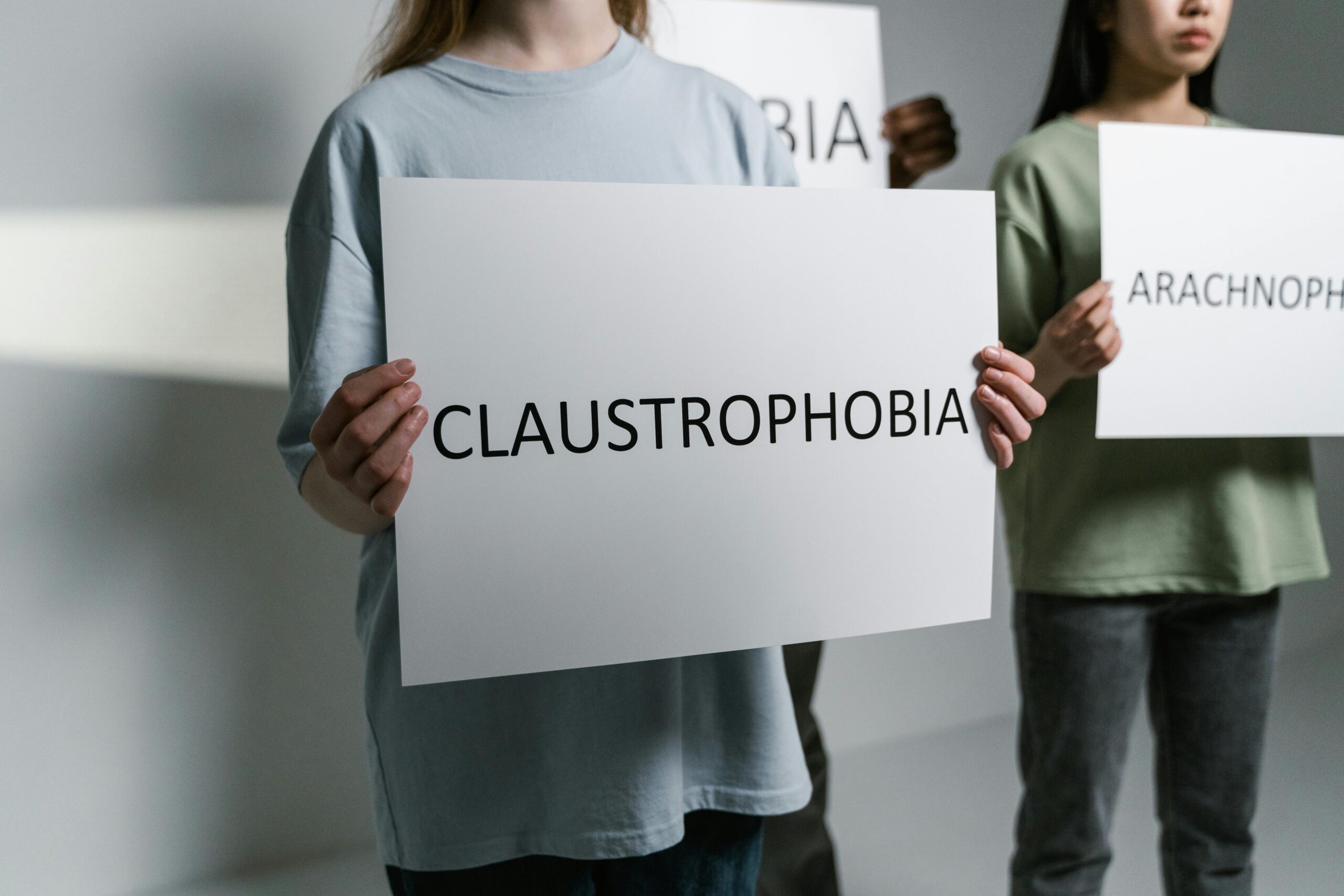Understanding the Most Common Anxiety Disorders and How They’re Treated
- Home
- /
- Blogs
- /
- Anxiety & Stress
- /
- Understanding the Most Common Anxiety Disorders...

Anxiety impacts millions of people across the globe. In fact, it’s the most common mental health condition in the world.
But, it’s also not a one-size-fits-all problem. People experience anxiety for different reasons and are able to manage it in different ways. Some disorders are very specific, while others are broad. Understanding some of the most common anxiety disorders and how they are treated can give you some insight into what you might be dealing with and what you can expect as you start your healing journey.
With that in mind, let’s take a look at a few common anxiety disorders.
Generalized Anxiety Disorder
Generalized anxiety disorder (GAD) affects the most amount of people worldwide. If you find yourself dealing with persistent worry on a daily basis, it could be due to GAD. In addition to fear and worry, many people with GAD experience symptoms such as:
- Tension
- Difficulty sleeping
- Drifting worries
- Fatigue
How It’s Treated
Often, the best way to treat GAD is by understanding the cause and triggers. A combination of medication and therapy can help you get to the root cause and learn strategies to manage your symptoms while calming your worries along the journey.
Social Anxiety Disorder
Social anxiety disorder is often stereotyped or looked at the wrong way. Many people are introverts or might not consider themselves social people. But, there’s a big difference between enjoying your alone time and having genuine fear about spending time with others.
Social anxiety causes an intense fear of social situations. You might worry about being judged or rejected, or assume that people are talking about you behind your back. When you assume the worst about social situations, it’s easy to create frightening scenarios in your mind that cause you to withdraw from people and activities you might otherwise enjoy.
How It’s Treated Anxiety
Social anxiety can also often be helped with therapy — especially cognitive behavioral therapy (CBT). CBT will help you learn how to change your negative thought patterns and shift them into something more positive. You can take baby steps in social settings until you’re more comfortable and confident.
Phobias
In the United States, anywhere from 8-12% of people deal with very specific phobias. A phobia is an intense fear of something. The symptoms present themselves similarly to GAD, but only around certain things.
Some of the most common phobias include a fear of animals, a fear of heights, and a fear of closed spaces. When you’re dealing with a phobia, it’s not simply that you don’t like certain things. It’s that those things trigger extreme anxiety and can cause symptoms like trembling, nausea, a racing heart, and dizziness.
How They’re Treated Anxiety
Phobias can often be treated through things like exposure therapy, which allows you to experience the thing you’re afraid of in a safe setting. Mindfulness practices can also help you stay grounded in the moment, rather than letting your phobia create negative “what ifs” in your mind.
Dealing With Anxiety
These are only a few of the anxiety disorders that impact millions of people. While they tend to be the most common, there are more specific disorders that could be affecting you personally.
The best thing you can do to start fighting back against any type of anxiety is to work with a mental health professional. They can help you with an official diagnosis and develop effective strategies for symptom management and eventually overcoming your intense fears.
Don’t hesitate to reach out for more information or to set up a consultation. Anxiety doesn’t have to control your life forever. By understanding the type of anxiety you’re dealing with, we can work together to help you start taking control of your mental well-being.
Let us Know Our Client’s Feedback. Baltimore Counseling Center
